World War I Albert King of Belgium Silver & Enamel Vesta Case
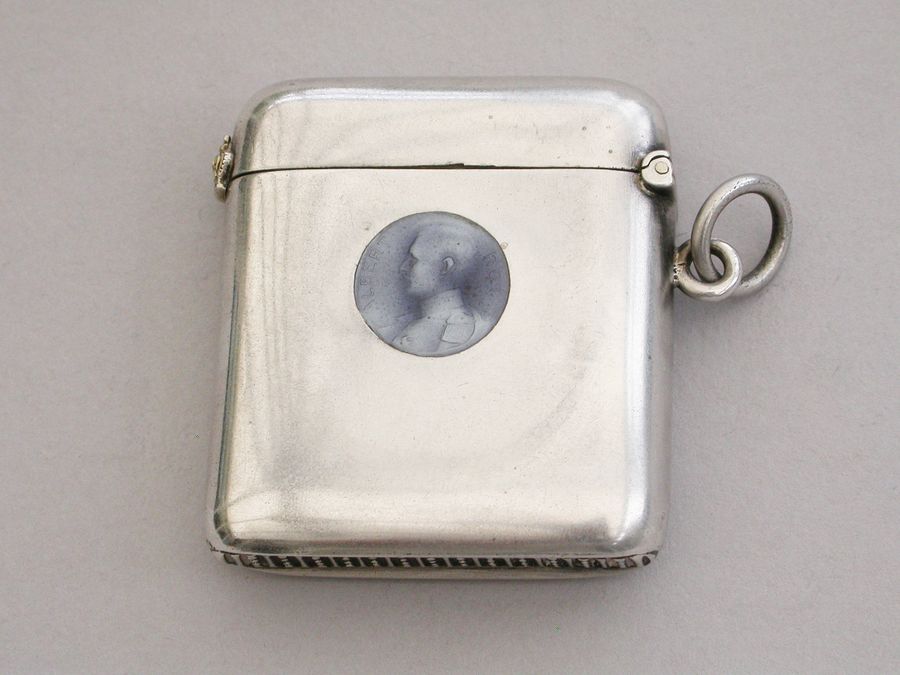
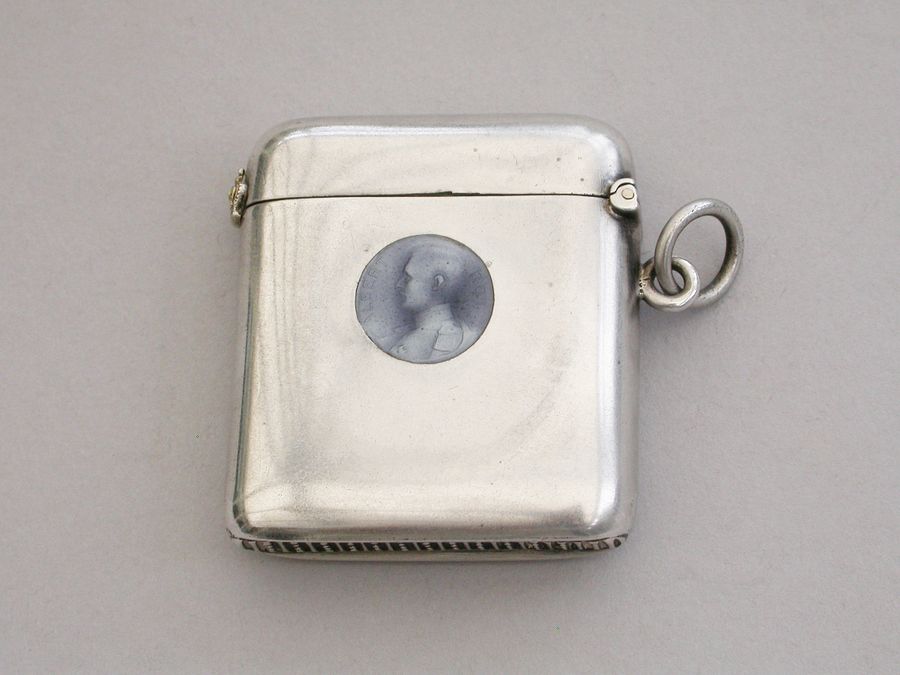
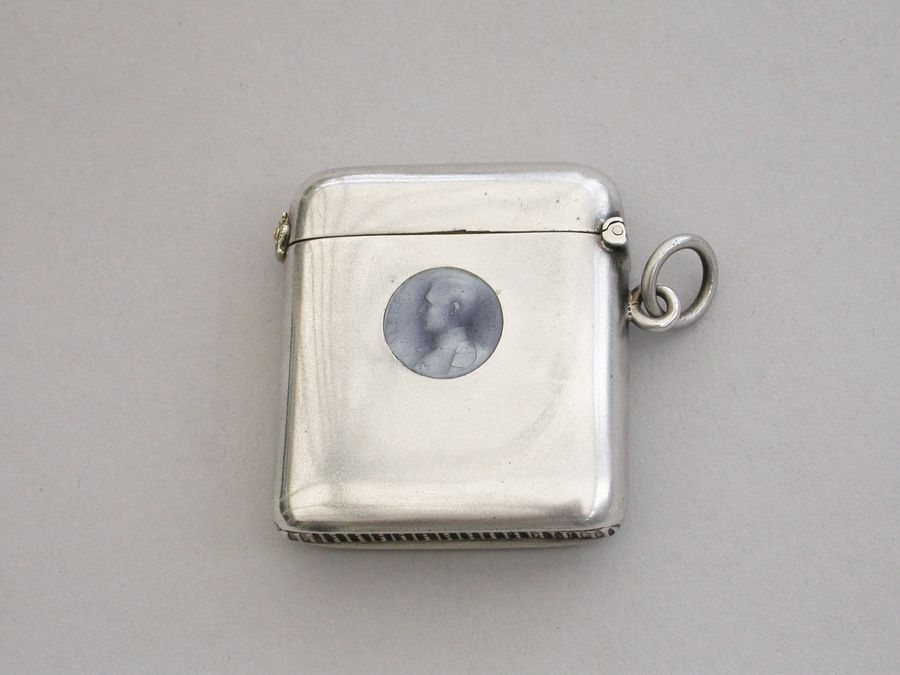
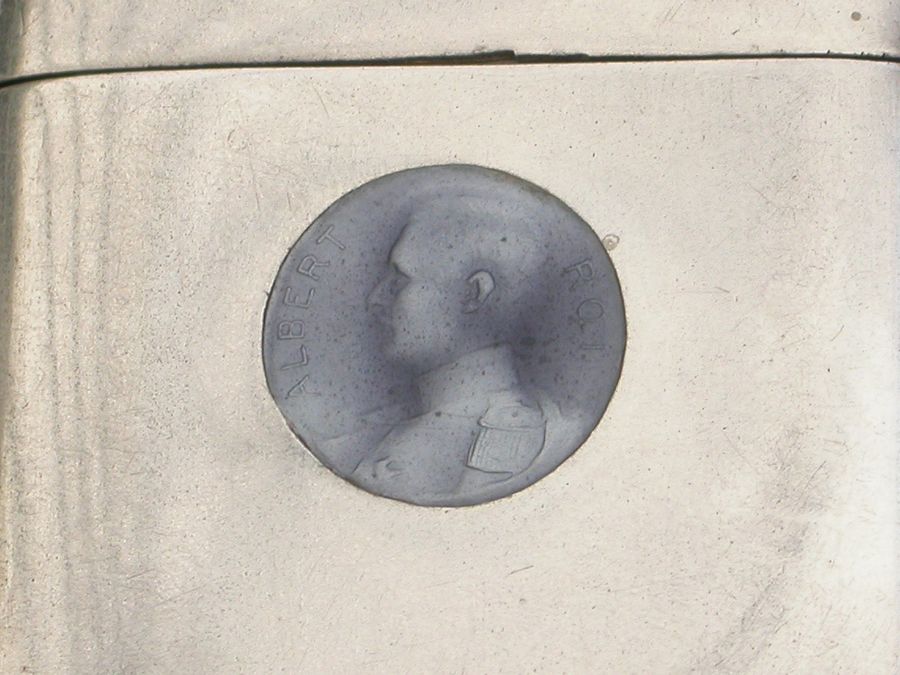
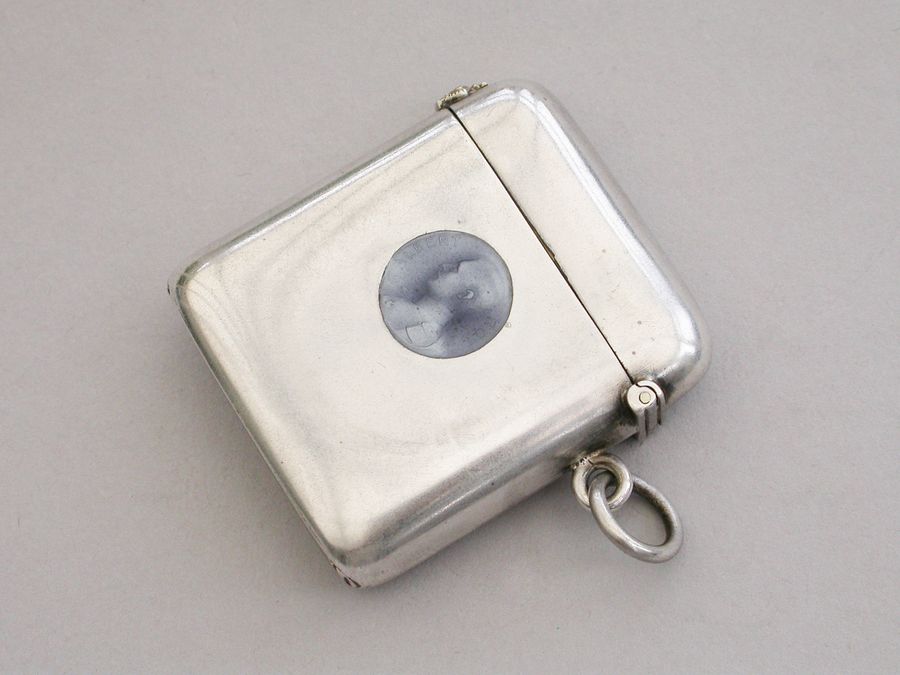
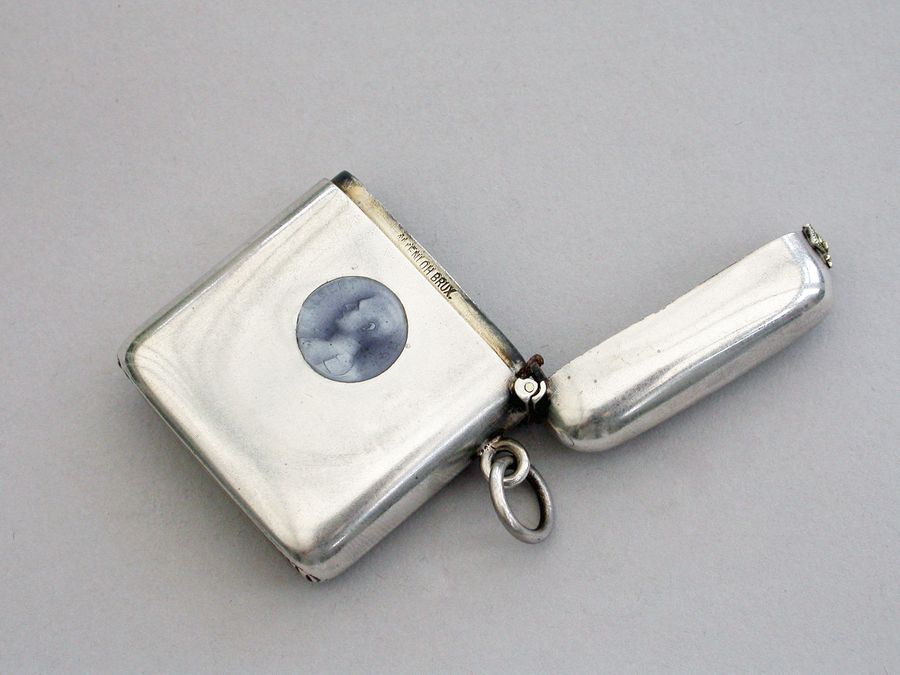
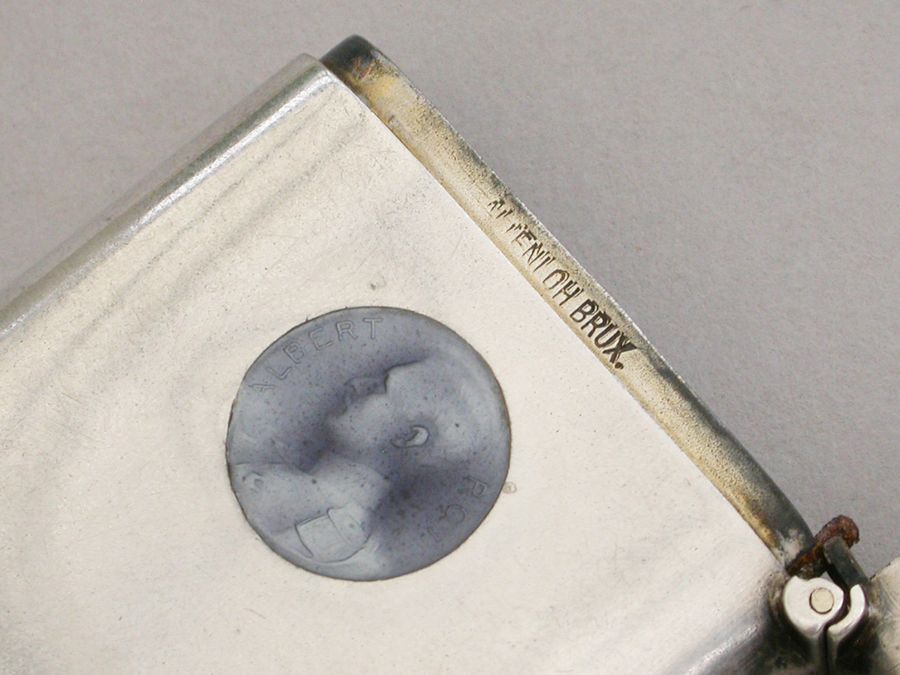
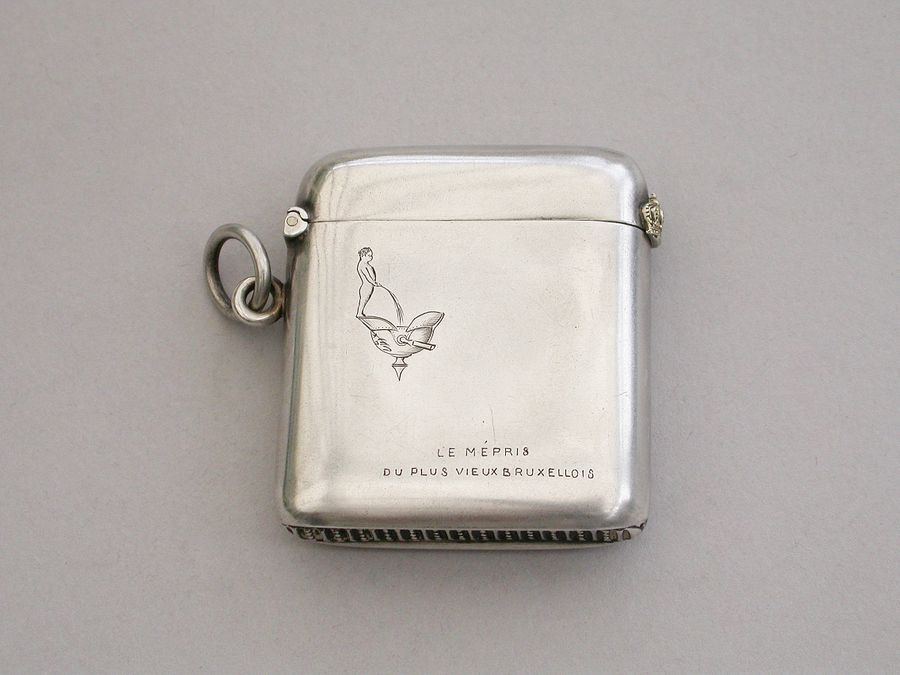
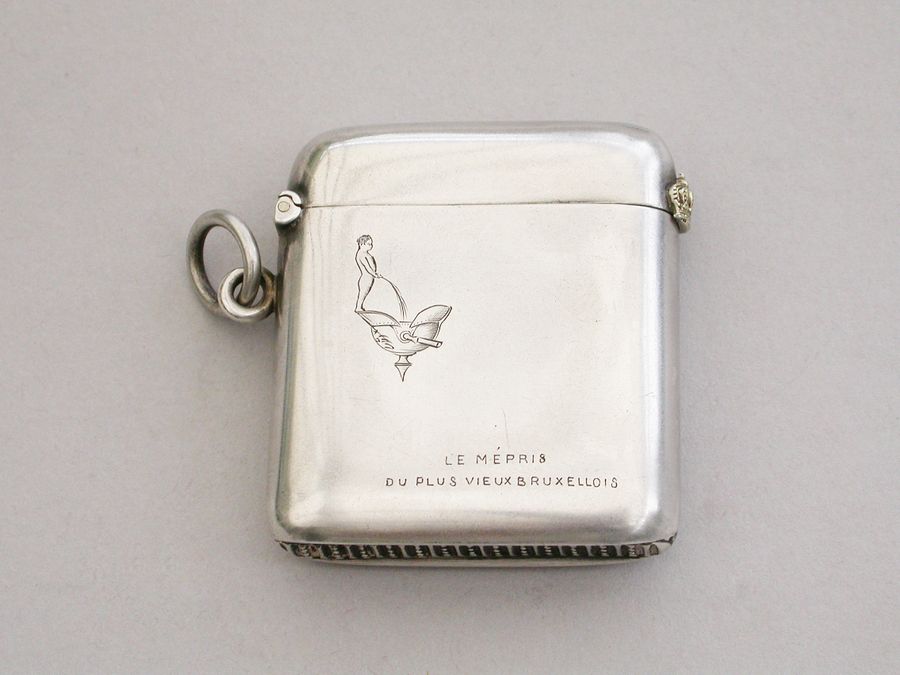
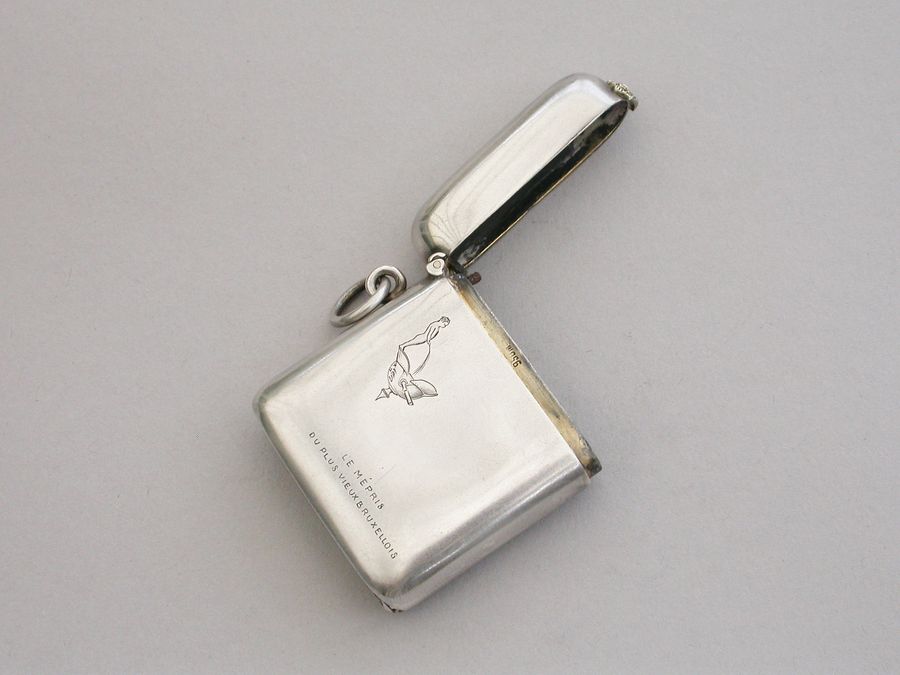
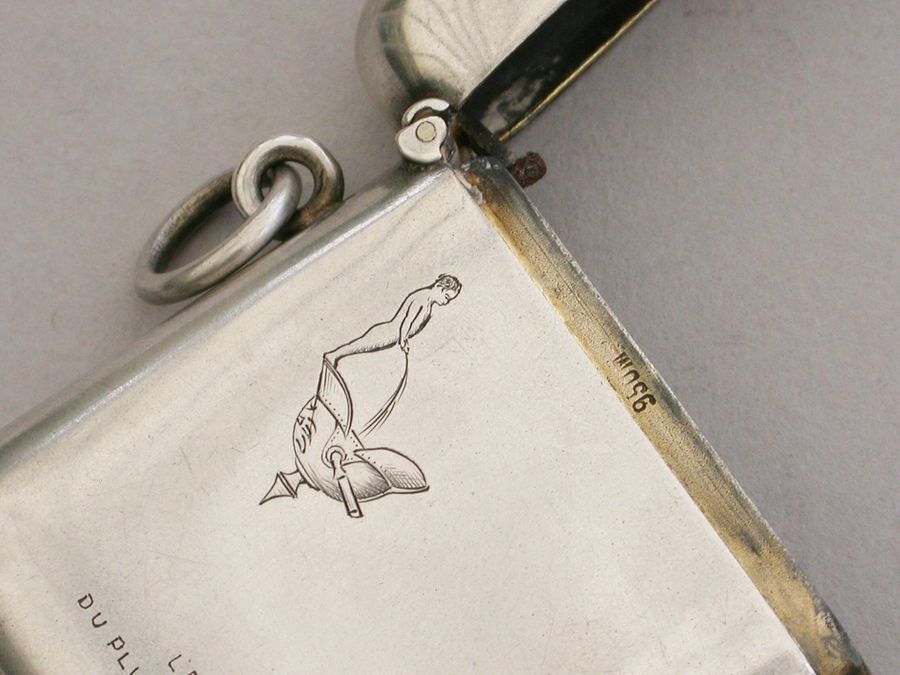
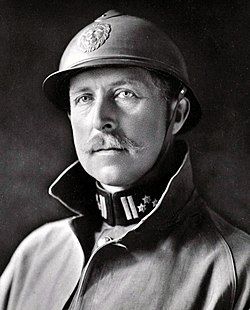
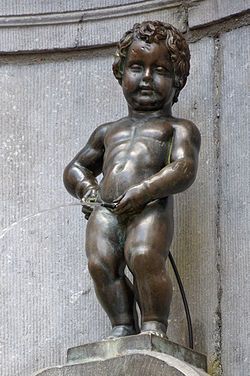
An unusual early 20th century post WW1 Belgian .950 standard silver Vesta Case of rounded rectangular form with sprung hinged lid and attached suspension ring, an applied silver gilt crown thumb-piece to the lid, the face with inset enamel medallion depicting a bust of Albert I, King of Belgium. The reverse engraved with a naked boy relieving himself into a German helmet and with the legend - 'Le Mépris Du Plus Vieux Bruxellois' ( the contempt of the oldest Brussels resident). This refers to the Manneken Pis ('Little Pissing Man'), a landmark bronze fountain sculpture in Brussels, and symbolizes King Albert's role in liberating occupied Belgium at the end of the First World War.
By E & R Altenloh, Brussels c1920.
Albert I (8 April 1875 – 17 February 1934) was King of the Belgians from 23 December 1909 until his death in 1934. He is popularly referred to as the Knight King (Dutch: Koning-Ridder, French: Roi-Chevalier) or Soldier King (Dutch: Koning-Soldaat, French: Roi-Soldat) in Belgium in reference to his role during World War I.
Albert was born in Brussels as the fifth child and second son of Prince Philippe, Count of Flanders, and Princess Marie of Hohenzollern-Sigmaringen, Albert succeeded his uncle Leopold II to the Belgian throne in 1909. He married Elisabeth of Bavaria, with whom he had three children.
Albert ruled during an eventful period in the history of Belgium, which included the period of World War I (1914–1918), when most of Belgium was occupied by German forces. Other crucial events of his reign included the adoption of the Treaty of Versailles in June 1919, the ruling of the Belgian Congo as an overseas possession of Belgium along with the League of Nations mandate of Ruanda-Urundi, the reconstruction of Belgium following the war, and the first five years of the Great Depression (1929–1934).
Albert died in a mountaineering accident in eastern Belgium in 1934, at the age of 58, and he was succeeded by his son Leopold III (r. 1934–1951).
Manneken Pis (Dutch for 'Little Pissing Man') is a landmark 55.5 cm bronze fountain sculpture in central Brussels, Belgium, depicting a puer mingens; a naked little boy urinating into the fountain's basin. Though its existence is attested as early as the mid-15th century, Manneken Pis was redesigned by the Brabantine sculptor Jérôme Duquesnoy the Elder and put in place in 1619. Its blue stone niche in rocaille style dates from 1770. The statue has been repeatedly stolen or damaged throughout its history. Since 1965, a replica has been displayed on site, with the original stored in the Brussels City Museum.
Manneken Pis is one of the best-known symbols of Brussels and Belgium, inspiring several legends, as well as numerous imitations.
Sold - £450.00



